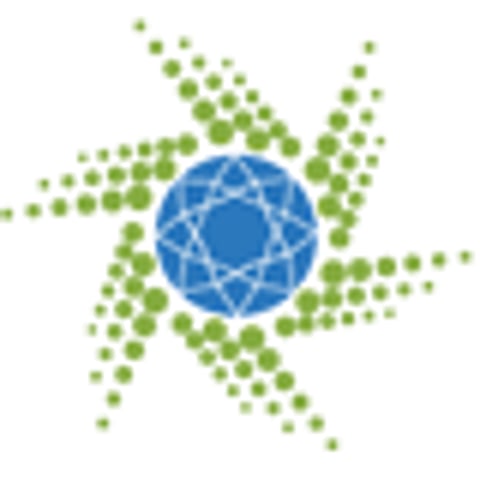

The Laboratory Manual Harmonisation Committee (LMHC) elevated gemmological laboratories -- DSEF (Deutsche Stiftung Edelsteinforschung), also known as the German Gem Laboratory, of Idar-Oberstein, Germany, and CGL (Central Gem Laboratory) of Japan -- from observer status to that of permanent member. With this, the total LMHC membership now stands at seven.
The goal of the Laboratory Manual Harmonisation Committee is to achieve the harmonisation of gemmological report language. The LMHC meets several times a year to discuss the most recent developments in gemmology and to update the relevant nomenclature and disclosure terminology in the LMHC's Information Sheets. Up to date, LMHC has published a total of 11 (eleven) Information Sheets.
With the acceptance of its two new members, the LMHC has again reached its original number of seven committee members. Both DSEF and CGL have long and impressive track records as independent gemmological institutions and play an important role in their respective markets. The LMHC membership represents an important and influential segment of the global coloured gemstone trade.
During the organization's 26th meeting, held in Bangkok in conjunction with the 3rd International Gem and Jewelry Conference of December 2012, the LMHC members discussed and agreed to update the information sheets including: IS3 (Corundum with glass filled fissures and/or cavities and Corundum-Composite Materials)and IS5 (Emerald - fissure filling/clarity enhancement). The latest Information Sheets, on amber treatment (IS10) and on jade nomenclature and treatment disclosure (IS11) are uploaded on the LMHC website. Pending projects including an information sheet on organic filler substances (IS12) in gemstones and an additional "General Report Information" document about the layout and basic terminology required for a gemmological report, when concluded and approved will be made available on the LMHC website.
During the meeting, members discussed new treatments and new gem-related issues, such as lead glass filled rubies which do not display flash effects and sapphires containing blue (cobalt) glass. It was decided, that regardless of the dopant (e.g. cobalt in the latter case), such glass-filled corundum is to be disclosed according to Information Sheet 3 (IS3)(Corundum with glass filled fissures and/or cavities and Corundum-Composite Materials).With the large amount of Ethiopian hydrophane opal entering the markets, the LMHC will decide in the very near future about the production of an Information Sheet on the nomenclature for hydrophane opal.
Follow DiamondWorld on Instagram: @diamondworldnet
Follow DiamondWorld on Twitter: @diamondworldnet
Follow DiamondWorld on Facebook: @diamondworldnet
